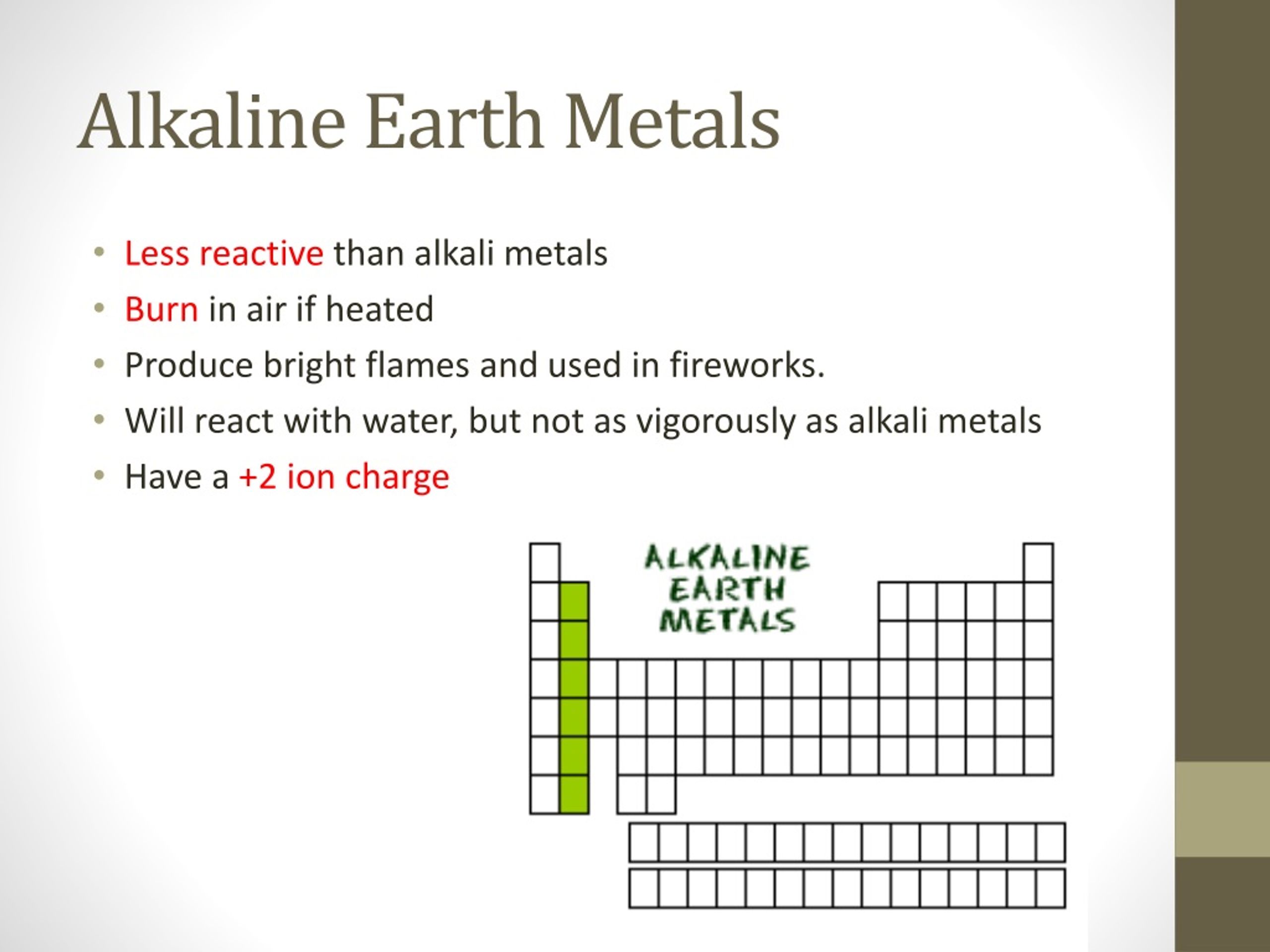
Lithium, Li(s), sodium, Na(s) and potassium, K(s), (all HIGHLY FLAMMABLE, CORROSIVE) – see CLEAPSS Hazcards HC058a.

Pupils to be 2–3 m away and wearing eye protection. Demonstrator to wear goggles or a face shield.Read our standard health & safety guidance.Small pieces of alkali metal for disposal should be allowed to react fully with ethanol (for lithium and sodium) or 2-methylpropan-2-ol (for potassium) until fizzing stops, before washing away with water. Place any apparatus used to cut (and later handle) the metal (filter paper, scalpels etc) in a trough of water after use.Cut each alkali metal separately and return the larger piece to its bottle before starting the next one. Place the small pieces in separate bottles of oil, labelled with the metal name and the hazard symbol.

Place the metal on a tile and, using a scalpel or sharp knife, cut pieces of lithium (5 mm cubes), sodium (4 mm cubes) and potassium (3 mm cubes). Using the tweezers, remove a large piece of the alkali metal from the oil. A technician should prepare the pieces of metal and store them under oil.Universal indicator solution (HIGHLY FLAMMABLE).2-methylpropan-2-ol (HIGHLY FLAMMABLE, HARMFUL), 150 cm 3 (Note 2).Ethanol (HIGHLY FLAMMABLE) or Industrial denatured alcohol (IDA) (HIGHLY FLAMMABLE, HARMFUL), 150 cm 3 (Note 2).Potassium (HIGHLY FLAMMABLE, CORROSIVE), 3 mm cubes.Sodium (HIGHLY FLAMMABLE, CORROSIVE), 4 mm cubes.Lithium (HIGHLY FLAMMABLE, CORROSIVE), 5 mm cubes.Small bottles of oil containing small pieces of the following metal (Note 1): Glass or Perspex sheets to cover troughs (optional).One or more large glass troughs, 5 dm 3 capacity.



 0 kommentar(er)
0 kommentar(er)
